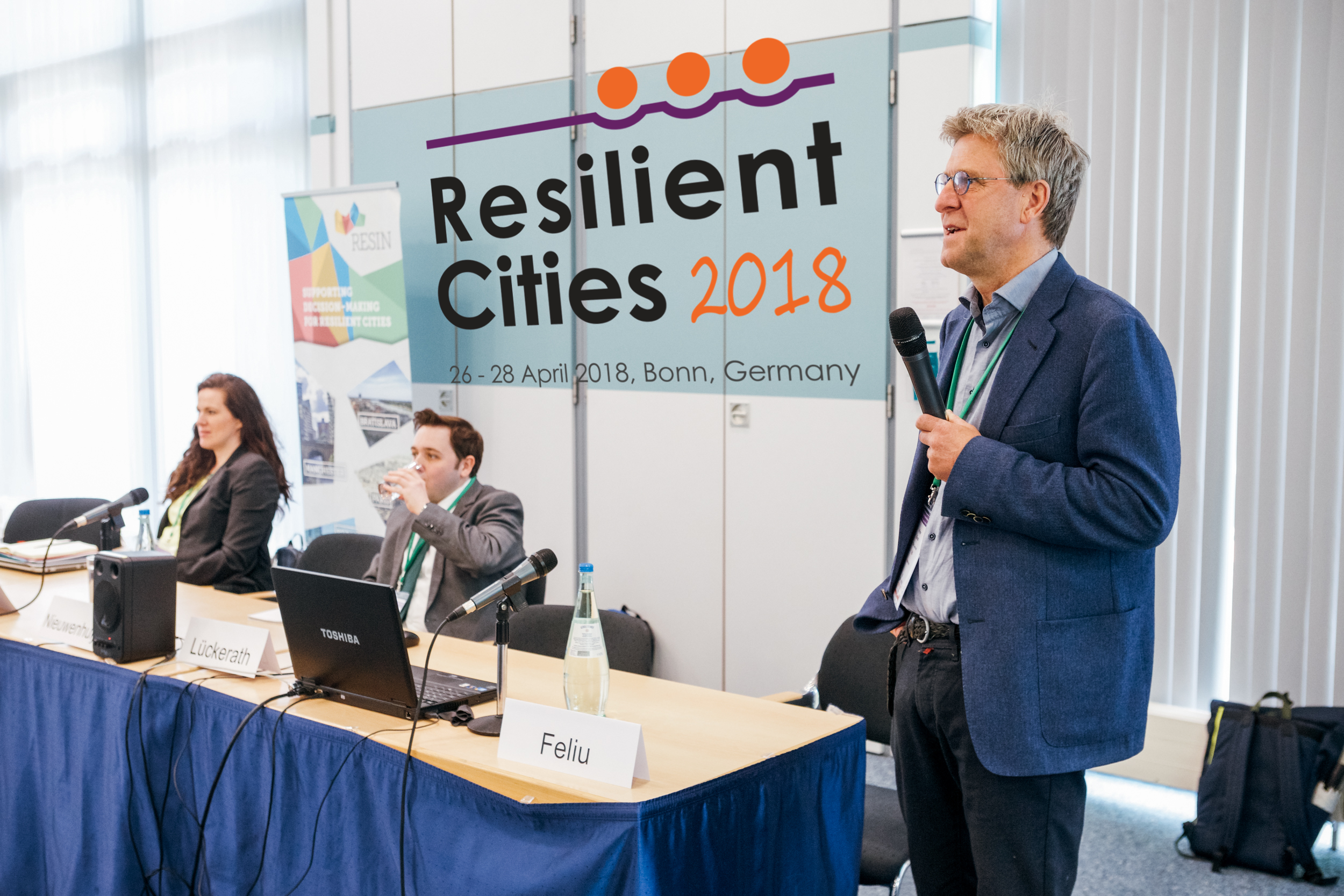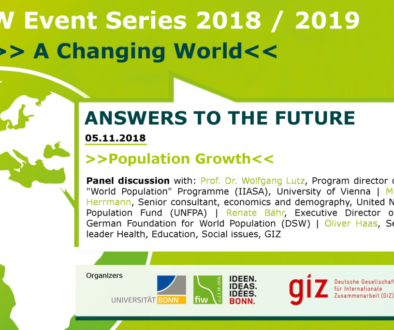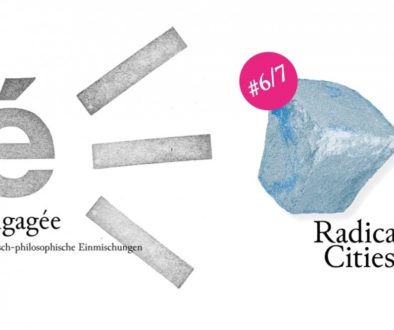Standardized Support Tools for Urban Resilience, Integrating Resilience Planning into Local Decision-Making
Resilient Cities 2018 – ICLEI Global
Standardized Support Tools for Urban Resilience, Integrating Resilience Planning into Local Decision-Making

Standardized Support Tools for Urban Resilience, Integrating Resilience Planning into Local Decision-Making is published as part of the Resilient Cities 2018 – The Global Forum on Urban Resilience series and the first roundtable on developing standardized risk-oriented resilience assessment tools of local climate change impact and vulnerabilities as well as balancing complexity, capacity and consistency to be flexible for local application while remaining compatibility between cases.
Governmental Structure & Competencies
Nationwide standardization of urban resilience support tools requires building adequate institutional capacities and competencies on the national, regional and local level. Breaking up silos for different stakeholder’s involvement in decision-making about development of resilience planning reduces throughput times and streamlines implementation processes throughout
Process Standardization Design Aspects
Standardized processes, not standardized products or documents, allow cities to balance complexity, (building) capacity and consistency, which are interlinked qualities and challenges of planning systems that, at times, contradict each other. Urban planning systems can thereby be more flexible and adept faster to changing hazards and drivers, called impact chains. The IVAVIA tool, for example, allows to identify vulnerabilities to climate change impacts, their intensity and probability (see figure 1) and, drawing on the Adaptation Library, to choose among different suitable adaptation options To not completely undermine compatibility at the cost of flexibility while reporting back to other stakeholders consistent terminology should be used nonetheless, as done within the RESIN project, where IVAVIA tool is used.

Yet, practicability of standardization of resilience adaptation processes is limited, since they need to be flexible enough to allow for fast enough adaptation to changing circumstances and opportunities in an everchanging urban, multi-stakeholder and political context. Standardization based on a modular, non-rigid-sequential approach of risk-oriented assessment of climate change impact and vulnerabilities allows making pragmatic contextual decisions on what is needed and/ or feasible at the moment. Including a qualitative and quantitative part complements being flexible and pragmatic about identifying novel alleviating or intensifying factors and potential impacts and using readily available knowledge for identification of indicators and data acquisition. Flexibility in sequence processes, however, requires having good overview as well as availability of collaboration tools that allow, by design, for starting and stopping at any step but with informed consequences, i.e. specifying prerequisites to start/ stop a step. This helps remaining a basis of comparability between cases.
Flexibility is needed, but comes at the cost of strict compatibility of results
– Albert Nieuwenhuijs, Researcher, TNO, Utrecht, The Netherlands
Cross-sectoral Stakeholder Participation
Then again, harmonizing design, creation and production of new standards – technological and process-oriented (incl. norms and indicators) – e.g. resilience adaptation planning processes on an international level, based on an open and shared information approach, can support comparison, as well as monitoring and progressing them. An applied monitoring and communication framework that, in this context, opens up the process for cross-sectoral collaboration between research, private sector and end-user is provided by the RESIN eGuide.
Building a business model around this cooperative ideation and innovation process and its products, i.e. risk-oriented resilience assessment tools of local climate change impact and vulnerabilities, can help making the (cost-)effectiveness of those standards in comparison to not resilience-oriented ones more visible and facilitate attracting investors and realization.
![]()
All images used in this post and all other posts within the Resilient Cities 2018 – The Global Forum on Urban Resilience series are property of ICLEI.



